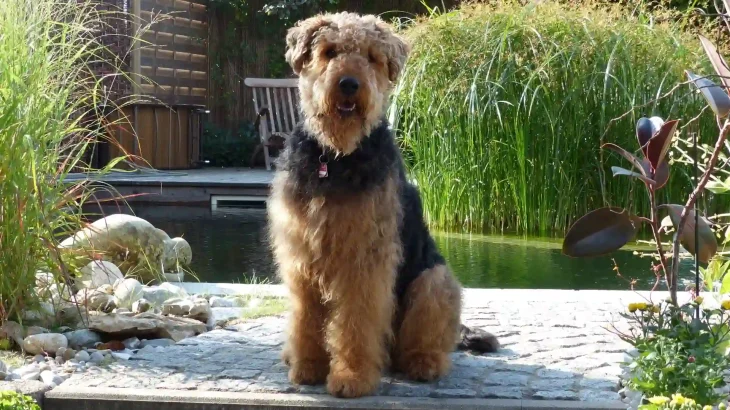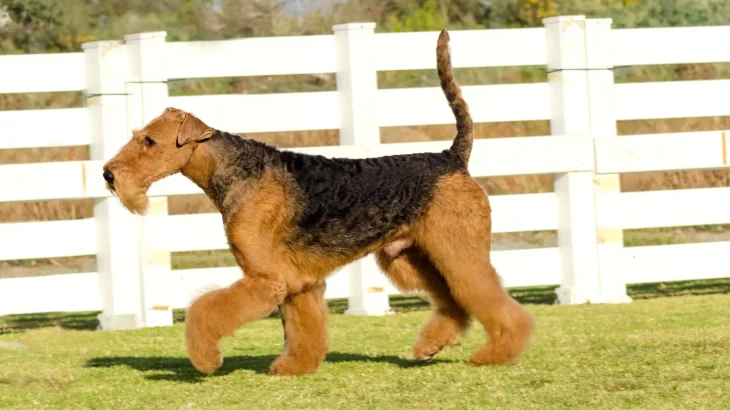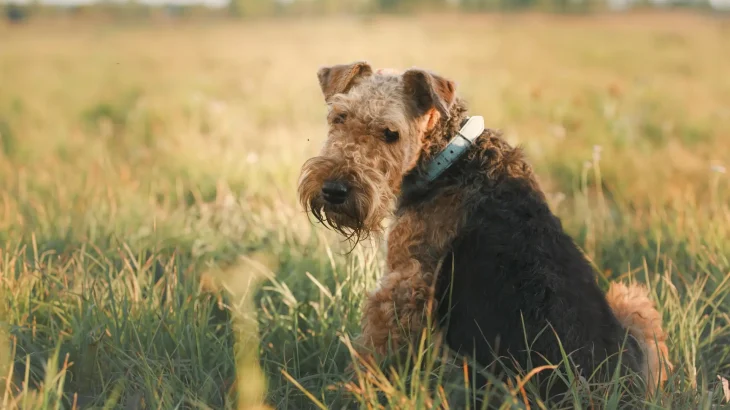Choosing between adopting or purchasing an Airedale Terrier puppy means weighing things like health guarantees and supporting ethical breeding. Buying often offers clearer insights into the puppy's health and lineage, while adopting gives a chance to provide a loving home to a dog in need. Both have unique benefits depending on what matters most to you.
| Criteria | Buying from Breeder | Adopting from Shelter/Rescue |
|---|---|---|
| Cost | Higher cost reflecting purebred status and breeder investments. | Generally lower fees, budget-friendly option. |
| Health History | Often provides health screenings and records. | Health history may be limited, but basic vet checks usually done. |
| Age Availability | Typically puppies for early bonding and training. | Various ages available, including adults ready for adoption. |
| Temperament Insight | Breeders offer knowledge about temperament traits. | Insights based on behavior observation, less on genetics. |
| Supporting Practices | Supports responsible breeding with ethical breeders. | Helps reduce overpopulation and gives homes to dogs needing second chances. |
| Ethical Considerations | Requires care to avoid puppy mills. | Promotes animal welfare by rescuing dogs from uncertain situations. |




















































